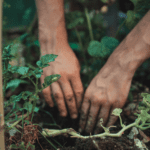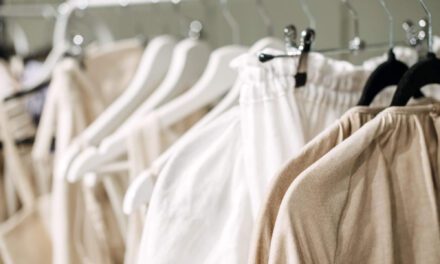
Exploring Sustainable Fashion: 7 Key Questions Answered About Environmentally Friendly Style
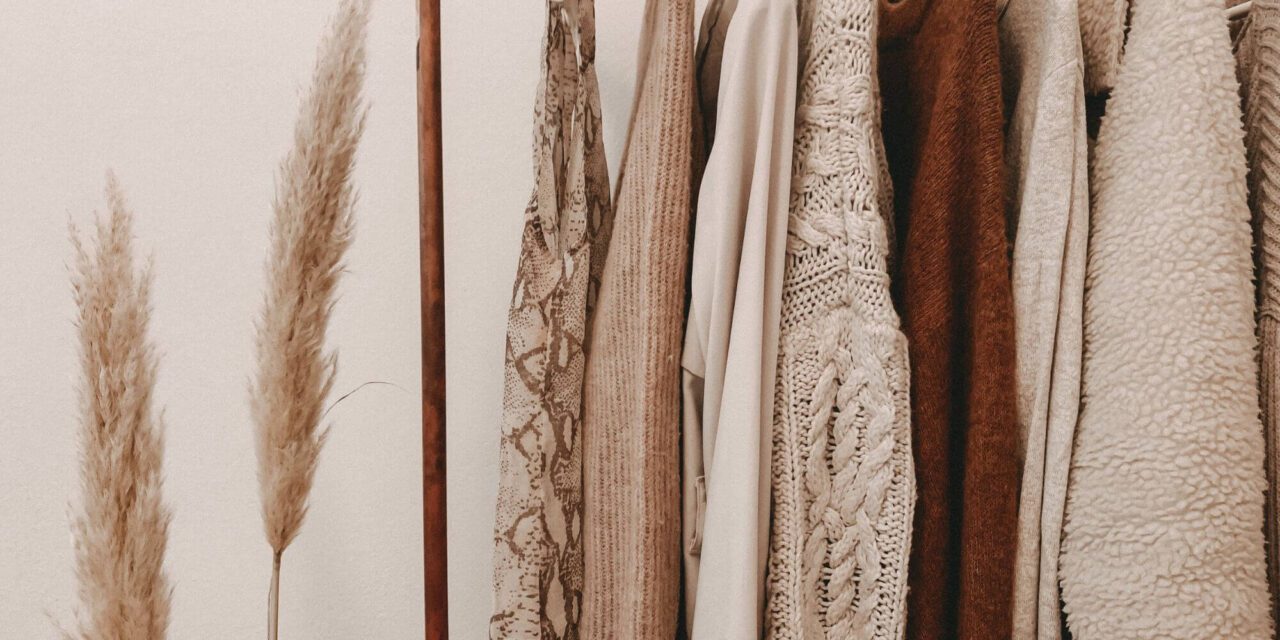
Embarking on a transformative journey into the realm of sustainable fashion is akin to opening a door to a world where style intertwines seamlessly with eco-conscious choices. In this insightful exploration, we’ll unravel the intricacies surrounding sustainable fashion, focusing on environmentally friendly practices and fostering a wardrobe that not only radiates style but champions the principles of eco-friendly fashion. Join me as we address seven pivotal questions that surface in the pursuit of a wardrobe that looks good and does good, exploring the nuances of sustainable fashion in every stitch.
Contents
1. What is meant by sustainability in fashion?
Sustainability in fashion transcends a mere trend; it’s a holistic commitment to reducing the environmental impact of clothing production and fostering ethical practices throughout the supply chain. Beyond eco-friendly fabrics, sustainable fashion considers the entire lifecycle of a garment, from responsible sourcing of raw materials to ethical manufacturing processes and eco-conscious disposal methods.

2. What is an example of sustainability in fashion?
Organic cotton remains a shining beacon of sustainability. In contrast to conventional cotton farming, which heavily relies on pesticides and chemicals, organic cotton is cultivated using natural methods. This not only results in softer and hypoallergenic fabrics but also supports farming practices that prioritize soil health and biodiversity. Brands like Patagonia and Eileen Fisher champion the use of organic cotton, showcasing its viability in creating stylish and sustainable clothing.
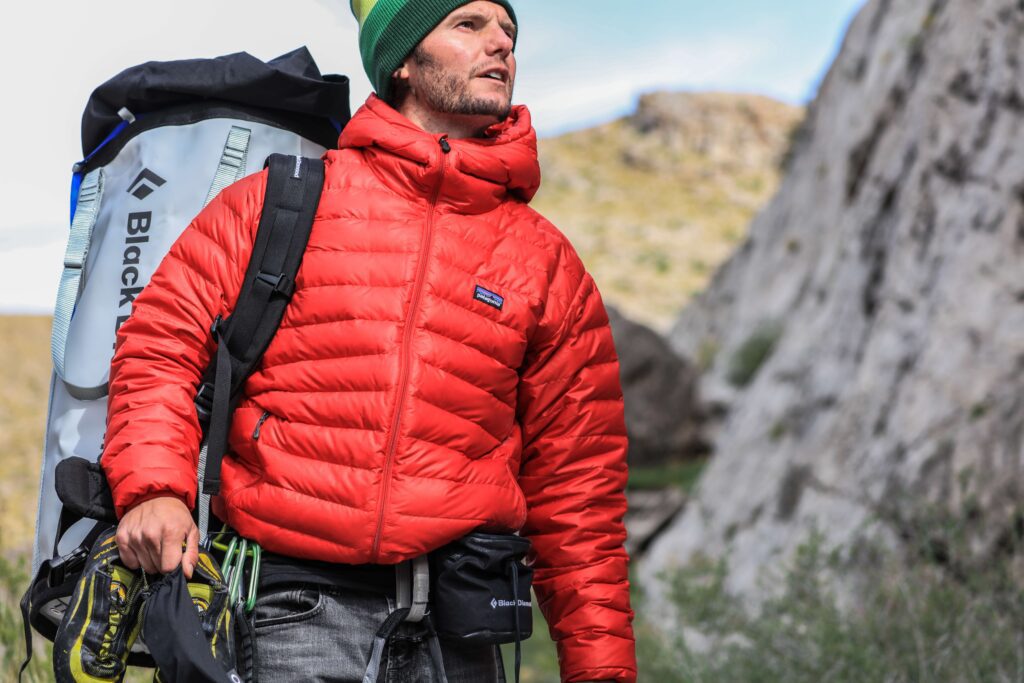
3. Does sustainable clothing last longer?
Sustainable clothing is synonymous with longevity. The emphasis on high-quality materials such as organic cotton, hemp, and Tencel, coupled with ethical production processes, ensures that these garments withstand the test of time. Investing in timeless pieces becomes a deliberate choice, reducing the need for frequent replacements and minimizing the environmental footprint of your wardrobe.
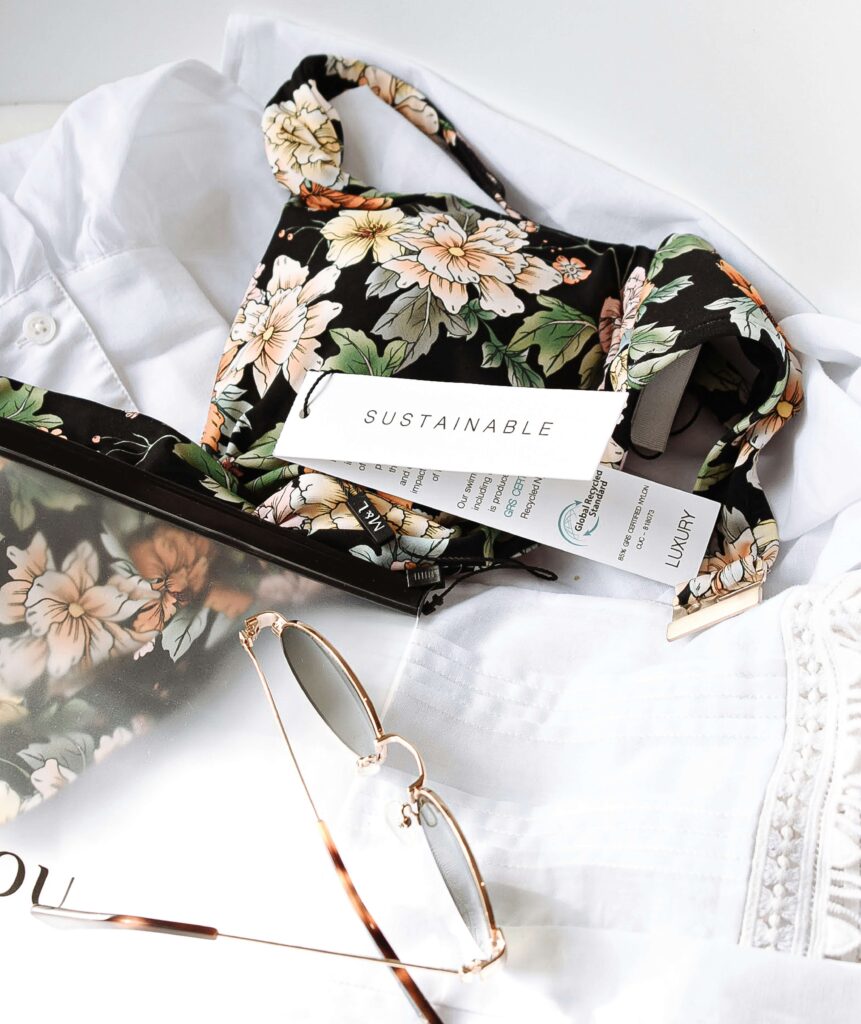
4. What are some sustainable fashion practices?
Sustainable fashion is a multifaceted commitment that goes beyond fabric choices. Embracing upcycling, where old garments are transformed into new and unique pieces, not only breathes new life into clothing but also reduces waste. Recycling materials for clothing production and adopting a minimalist approach to wardrobe curation further contribute to sustainable practices. Personally, I’ve curated a capsule wardrobe, focusing on versatile pieces that seamlessly integrate into various outfits, proving that sustainable fashion is both mindful and stylish.
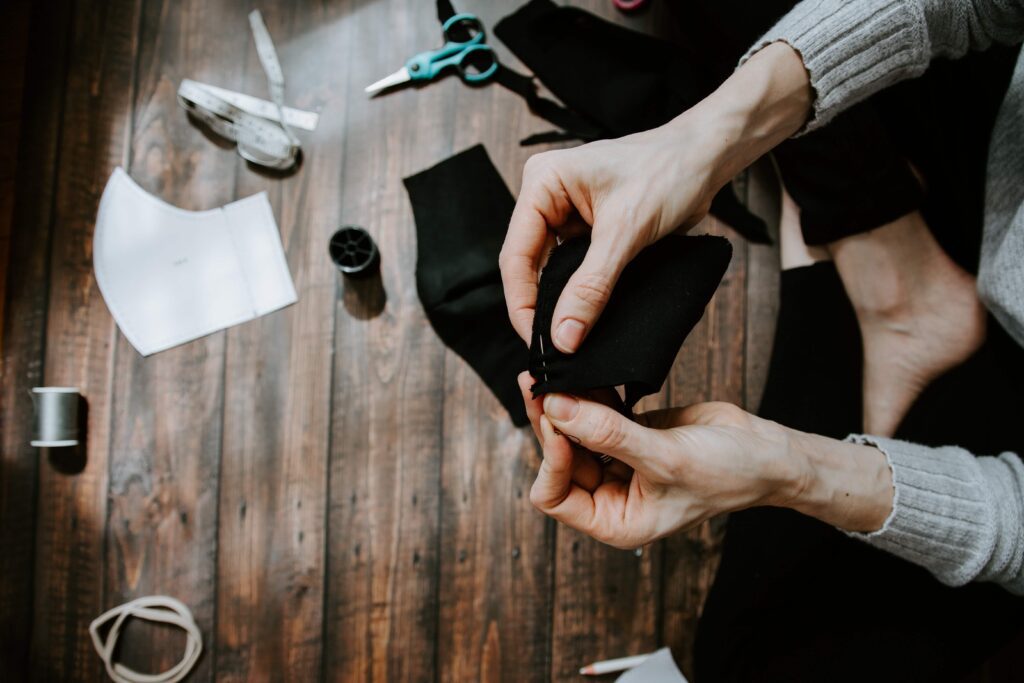
5. Is thrifting considered sustainable fashion?
Thrifting emerges as a powerful pillar of sustainable fashion. Choosing second-hand clothing extends the lifespan of garments, diverting them from landfills. Beyond the environmental impact, thrifting offers a unique and diverse selection of styles. Exploring thrift stores and online vintage shops allows you to unearth hidden gems, expressing your individual style while championing a sustainable approach to fashion.
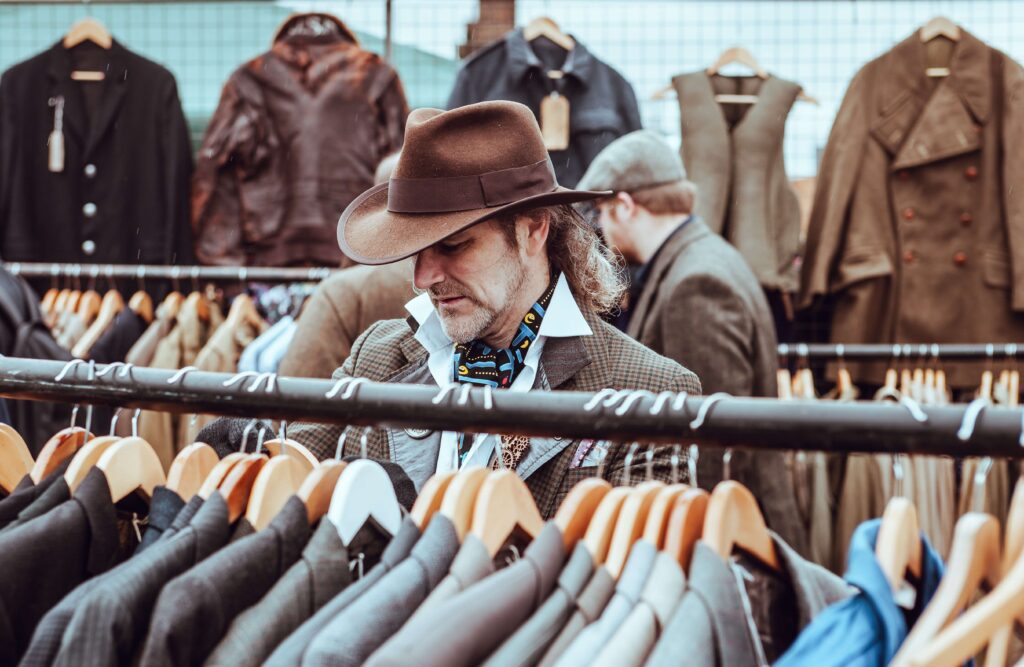
6. How can I tell if a fashion brand is sustainable?
Assessing a brand’s sustainability involves scrutinizing its practices. Transparency in the supply chain, a commitment to eco-friendly materials, and recognized certifications like Fair Trade, Global Organic Textile Standard (GOTS), and B Corp certification are indicators of a brand’s dedication to ethical and sustainable fashion. Brands like Stella McCartney and Reformation exemplify transparency, showcasing their commitment to environmental and social responsibility.
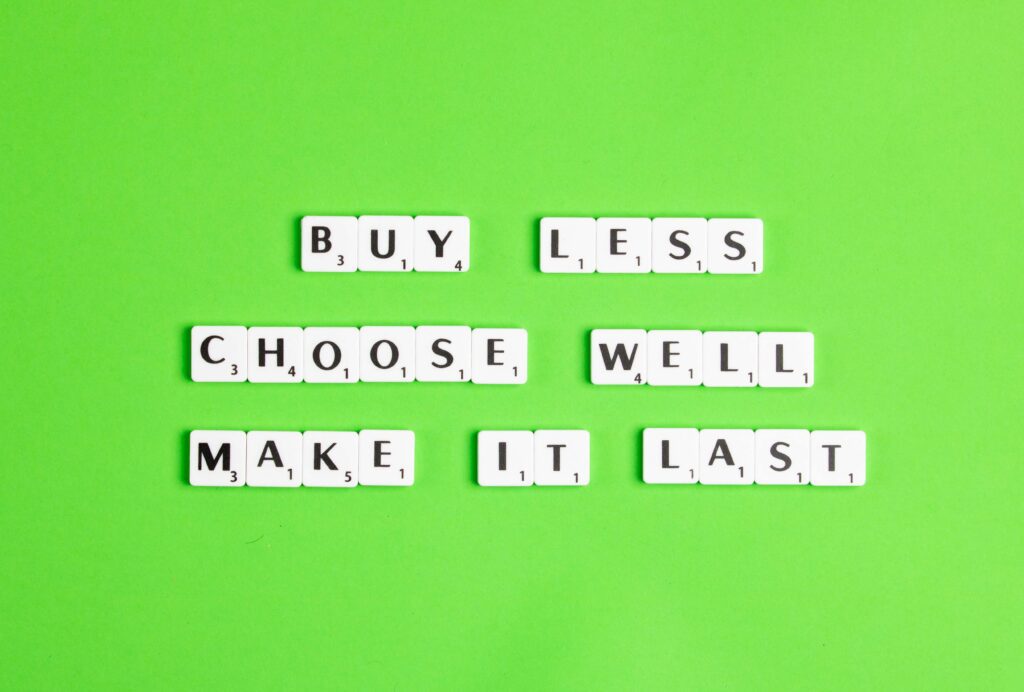
7. Is sustainable fashion just a trend?
Sustainable fashion isn’t a fleeting trend; it’s a profound shift towards a more responsible and ethical industry. As consumers increasingly prioritize eco-conscious choices, brands are adapting to meet this demand. The evolution of sustainable fashion represents a paradigm shift, fostering a future where ethical practices are not just an option but a standard. By actively participating in environmentally friendly fashion, we contribute to a movement that transcends trends, shaping a sustainable and ethical future for the fashion industry.
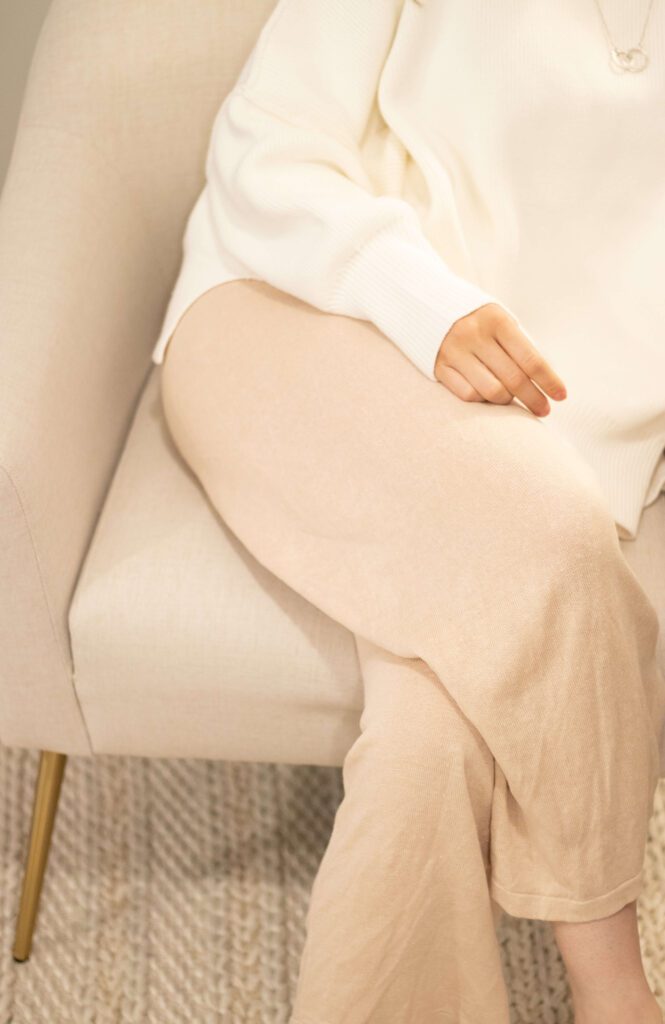
Conclusion
In this intricate tapestry of sustainable fashion, every choice we make becomes a thread in a narrative of positive change. From understanding the core principles of sustainability to embracing practical examples and incorporating everyday practices, we’ve traversed the diverse landscape of eco-friendly fashion. As you embark on your sustainable fashion journey, remember that small changes in your wardrobe lead to significant impacts on the planet. Let’s continue stitching a narrative of style aligned with values, creating a more sustainable and beautiful world, one garment at a time, in the spirit of sustainable fashion.









